Hyper-reality
Advancements in camera technology have the potential to break down the barriers between actors and their audience, if not breaking the fourth wall, at least peering over the top of it. But does such new technology really benefit storytelling, or is it just spectacle for its own sake?
Could the current trend for ever more immersive filmmaking technologies signal the end of the era of the cinematic auteur? Ultra high-definition, 3D stereoscopy and increasing frame rates are all being adopted in the quest for spectacle and the drive to make the cinematic experience increasingly interactive. But this drive seems to be at odds with the idea that the director should be in sole control of the audience’s perception and emotional responses. Christopher Nolan, director of Inception and The Dark Knight, has summed up the problem before, saying “The thing with stereoscopic imaging is it gives each audience member an individual perspective. It’s well suited to video games and other immersive tech, but if you’re looking for an audience experience, stereo is hard to embrace.”
So, can filmmakers of the future harness emerging filmmaking technologies while maintaining their grip on the audience’s attention? While many have dismissed 3D filmmaking as a gimmick, others are far more enthusiastic about its potential. None more than blockbuster director James Cameron, who has claimed that “It’s absolutely inevitable that eventually, all or most of our entertainment will be in 3D”, pointing out “We’re not a race of Cyclopes. We see the world in 3D. It’s the way we perceive reality. Why wouldn’t our entertainment be in 3D? It’s not a gimmick.It’s a calibration of our entertainment industry to the way in which we actually perceive the world.”

|
Multiple Oscar-winning winning director Ang Lee has repeatedly experimented with new filmmaking technologies. His pioneering use of 3D on 2012’s The Life of Pi proved that the technology had potential beyond simply being used to spice up underwritten effects-laden action movies. Lee broke new ground again recently with his latest movie - Billy Lynn’s Long Halftime Walk - by shooting it in ultra high-definition at 120 frames per second, five times the frame rate of standard film. This ultra hi-def, ultra high frame rate results in images of unprecedented clarity. New lighting techniques were required to provide enough illumination for the cameras. Sets had to be made with incredible attention to detail as every imperfection is made immediately obvious to the viewer. The film received a lukewarm critical reception while reigniting the perennial debate over whether hyperreal verisimilitude actually enhances the filmgoing experience. Very few cinemas have projectors capable of displaying Billy Lynn as the director intended, so it is hard for most viewers to judge it fairly. Many who saw Billy Lynn in its original form complained of being distracted by the actors’ makeup, the construction of the set, the details of the locations - all of which are made immediately apparent thanks to crystal clear image reproduction. Filmmaking technology develops so quickly that today’s cutting edge will inevitably look primitive within just a few years. Rian Johnson, director of The Last Jedi, the forthcoming 8th film in the Star Wars series has compared the development of 3D filmmaking to that of the development of colour film saying that “On the developmental timeline, stereoscopic photography is at the equivalent of hand-painting color onto black and white frames.” Inevitably, the technology will mature, the enhanced detail allowed by 3D, high-definition and high frame rates will, rather than being a distraction, make the filmgoing experience all the more immersive. |
Lo-Fi Revolutionaries, high fidelity futures However, it is possible that the mega-budget movie industry is the wrong place to look for the future direction of filmmaking. Whereas tech advances are generally expected to trickle down from the high-end to the consumer market, advances in filmmaking techniques have a tendency to trickle upwards, from fine art filmmaking, via arthouse cinema to Hollywood blockbusters. Many of the current crop of big-name directors started their careers making lo-fi arthouse and fine art films, a career trajectory made possible by the emergence in the 1980s of affordable domestic video recording equipment. Likewise, today, while Hollywood struggles to deal with online piracy, ballooning budgets and an increasingly unadventurous commissioning process, the most cutting-edge films are being made by zero-budget moviemakers. Unlike the avant-garde filmmaking of the 80s, the work emerging today is by no means lo-fi; GoPro and drone photography allow individuals to capture footage to rival mega-budget big-screen offerings, 360° virtual reality movies can be made using readily available equipment. This equipment is so effective that even organisations with access to huge resources and budget are adopting them - some of the most stunning images from the BBC’s recent highly acclaimed Planet Earth 2 documentary series were captured using relatively cheap drone technology. DJ Clark, producer and presenter of the popular Hong Kong based Drone and Phone video series told SIGNED; “I started with low end equipment not out of a need (I have use of full professional film making kit) but purely because I did not want to lug it around” adding that “The consumer devices these days are remarkably good if you work within their limitations.” |

|
Besides, films made this way are ready-optimised for independent, instant sharing on social media - Clark explained to SIGNED that “Content that is tailored to social platforms, as Drone and Phone is, is orientated around the audience. We see it as a community of people with the filmmaker acting as an organiser.” Clark suggests that this attitude towards filmmaking can have as great an impact on the immersiveness of the viewing experience as the technology used the capture the footage; “The content I produce is only part of the community activities and is a reaction to the discussion that is had in our online forums. It’s a very different process to creating films conceived, produced and presented by a filmmaker or producer.”
Of his films, shot using compact, affordable equipment, Clark told us “The reaction has been very positive... these devices are small, cheap and easily carried around it has inspired a lot of the viewers to go out and create their own films of their adventures.”
However, there is a downside to this mode of filmmaking. Online film producer Ron Chiu told SIGNED that “while technology enables new forms of storytelling it also has the potential to kill the patience of the audience.” Documentary filmmaker and curator of Hong Kong Independent Film Festival Cheung Tit Leung went further, telling us that “Technology helps… but face to face is still the most influential and in-depth form of communication that cannot be reproduced.”

|
However, one apparently unlikely application of immersive filmmaking technology has emerged which seems to indicate that such technologies are perfectly capable of maintaining, even enhancing what Nolan referred to as the “audience experience”. This application is the live broadcast of theatre productions to audiences in cinemas. Theatre is not reliant on special effects. Plays staged in a black box theatre are no less compelling than those staged with elaborate sets, lighting and sound design. Broadcasting theatre into cinemas, apart from democratising the artform, could well enhance the experience - allowing the audiences to clearly see and hear the performances in high-definition. Theatre, in contrast to cinema, is a live artform. Far more than cinema, the theatre works because it constructs a social relation between those on stage and those in the audience. Does the technology of hyperreality allow audiences to enjoy a live artform as if they were really there? Or as Guy Debord suggests, does the spectacle merely “eliminate geographical distance only to produce a new internal separation”? |
William W.Y. Chan on National Theatre Live - stage performances as movies
Theatre performance is a form of live art which only exists in present, the moment you witness an action on stage, it is completed and gone. It can never be repeated exactly as it was. Nevertheless, since the invention of film and video, live performances have been able to be captured and reviewed in other places, in a later time. Since the technology of audiovisual recording and satellite transmission have advanced, we can even enjoy a live performance overseas in real time from the other side of the globe. National Theatre Live (NT Live), which was introduced to Hong Kong in 2014, is one of the leading projects.
Presented by the National Theatre of Great Britain, NT Live was initially broadcast in UK cinemas back in June 2009, bringing the NT production Phèdre to areas outside London and so reaching a wider audience. It received such a good reception that NT Live has since expanded their distribution network. The NT Live team has been working with others as well, and has brought more than 40 productions from London’s leading theatres to the rest of theworld in the past seven years. By May 2016, more than 5.5 million people have watched an NT Live broadcast in over 2,000 venues globally. Benedict Cumberbatch’s Hamlet was the largest single broadcast so far, seen by more than 550,000 people worldwide.
Broadcasting stage productions to overseas cinemas is not a new concept, The MET: Live in HD (MET Live) by The Metropolitan Opera in New York is indeed the pioneer. But NT Live has raised the bar. Unlike others, every NT Live show is shot at a single special performance in front of an audience at the house, no editing and adjustment can be made to the footage afterwards, even for encore screenings after the live broadcast.
As the philosopher and cultural theorist Walter Benjamin suggests in his seminal 1935 essay “The Work of Art in the Age of Mechanical Reproduction”, mediated works of art might lose the aura of the original and there is inevitably a loss of authenticity in the aesthetic experience. Even though we can shoot a stage performance in ultra-high-definition, and even with 3D technology, the experience of sharing the same space with the performers under same roof can never be replicated, no intimacy between performers and audiences could be re-created through another media. So, in this sense, is NT Live actually an act of anti-live?
|
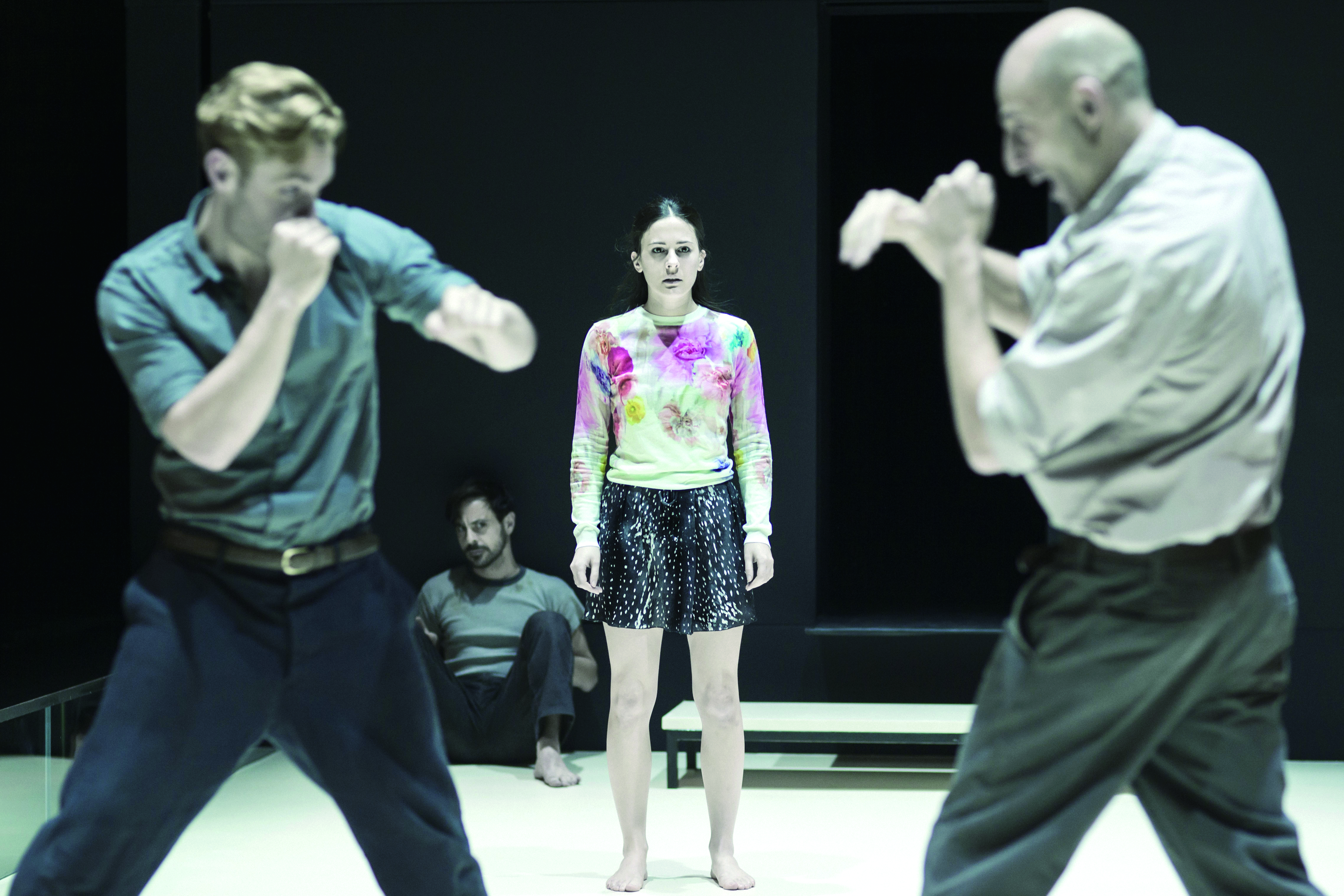
|
With close-ups and camera movement, NT Live is a cinematic take on the theatre experience. Each broadcast has a camera director — a live-broadcast specialist — to capture the nuances of theatre on camera in a way that is dynamic while honouring the integrity of the stage production. The biggest challenge for the camera director is to combine the immediacy of live theatre with the language of film.
In order to achieve this, each production has a unique and sophisticated camera set-up. Five to eight cameras provide tracking, wide-shots, close-ups, even aerial shots. NT Live cinema audiences thus enjoy the stage production from the best seats in the auditorium, as well as getting a closer perspective. Unlike the audience at the theatre who can only watch the performance from a single direction.
Although some auditorium seats are blocked by camera setup, there is a live audience on the broadcast night. The presence of a live audience is always important for performers on stage, providing instant reaction and applause. This also makes the night of the broadcast less different from other shows in the run.
Apart from shooting live on a specially arranged public performance, NT Live has another unique feature; it appears only in cinemas. The performance is not released on an official DVD or via any other form of media. This has the important effect of preserving the social nature of theatregoing. It encourages audiences to gather at a cinema rather than staying at home in their living room.
While NT Live screenings can be viewed as theatre movies, in essence the work is still a stage play. As camera director Tim van Someren, who has directed 12 NT Live events, mentioned in an interview, “The challenge for the team is capturing the right person at the right time delivering the right line.” The cinema audience should feel that they have been drawn in by the story, not by the broadcast production.
Capitalising on the dramatic enhancement that comes with with camera movements while reducing the visibility of the cameras as they shift and move during the broadcast is a tricky feat that not every director can achieve. But when it is done well, thanks to the latest technology, theatre lovers can sit in comfort at a local cinema and enjoy world-class stage productions while they happen far, far away. It is a luxury that few would have dreamed of 10 years ago.
Others
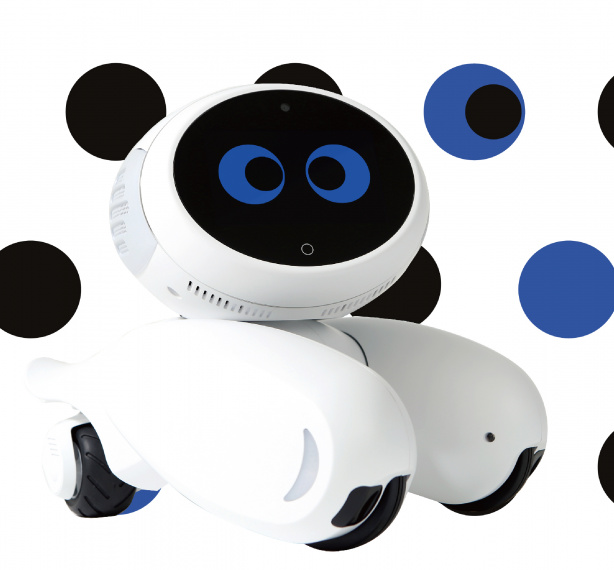
最新動態 | 1 September 2017
Robot Society

最新動態 | 1 September 2017
We need to talk about 'Tesign' - Design starting with Tech

最新動態 | 1 September 2017
Game Changers

最新動態 | 1 September 2017
Battery Power
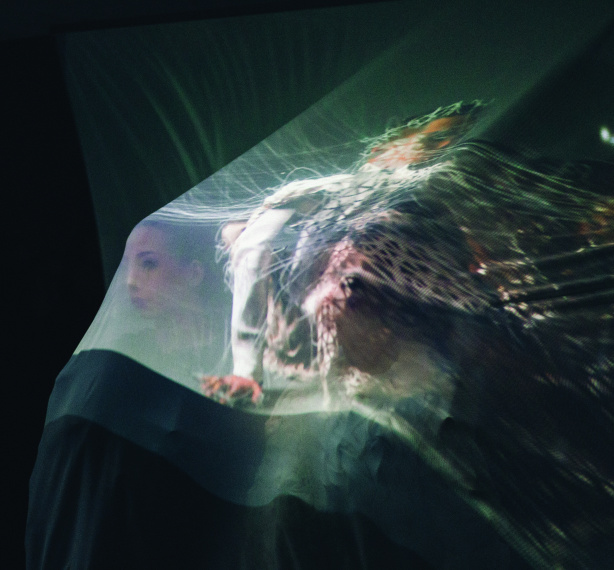
最新動態 | 1 September 2017
When Art, Fashion and Music Collide
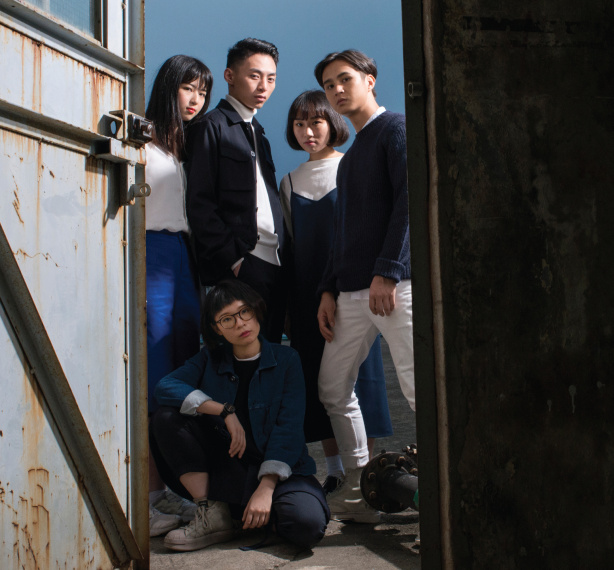
最新動態 | 1 September 2017
Designers Making a Difference
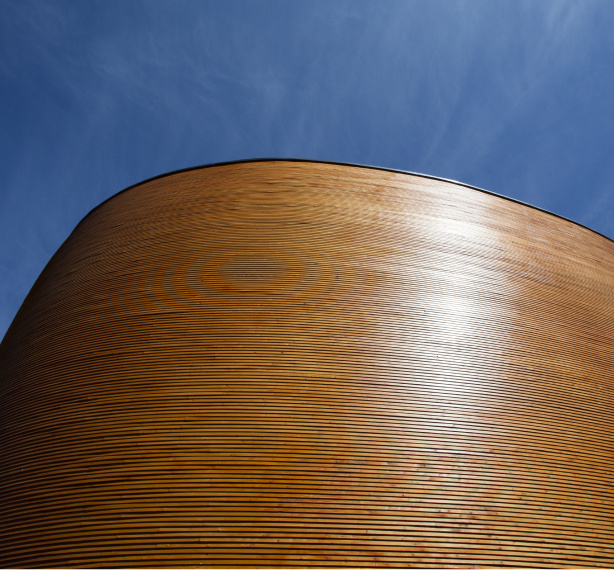
最新動態 | 1 September 2017
Small City, Big Data
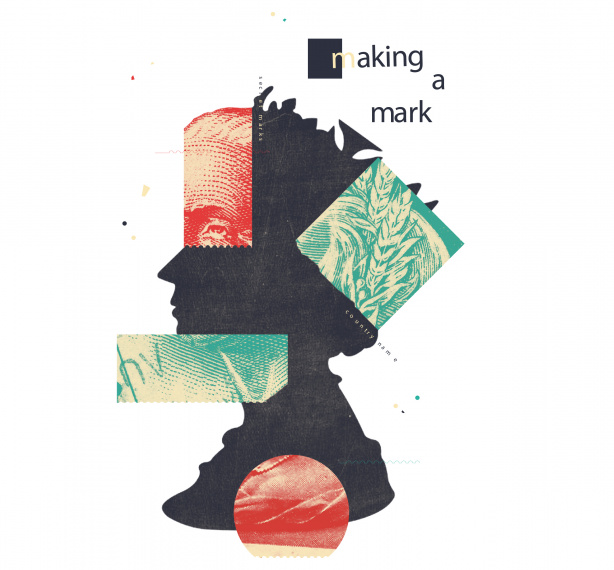
最新動態 | 1 September 2017
Making a Mark

最新動態 | 1 September 2017
